Five ways to get faster off-road using a power meter

[Sponsored by Favero Electronics (link is external)]
Hear me out for a moment. So you’ve recently started taking your riding seriously and you’re hooked with the progress you’re making. It’s gone from the occasional weekend ride to a few rides a week and you’re getting fitter and feel stronger. You’ve bought a cycling computer and are monitoring metrics such as heart rate and are now on Strava and challenging your mates on various segments.
- Schrader vs Presta – which valve standard is best for you?
- MTB enduro racing for beginners
- Cross-country mountain bikes: understanding their design
You’re also looking at entering a race and maybe even starting to follow a training plan but you’re not sure what it all means and you’re lost in the jargon. We’ve all been there and the truth is, chasing Strava KOMs and training to heart rate can only get you so far. The next thing on your list should be a power meter. These days, the power meter is not as frighteningly expensive as it once was and there are a variety to choose from to help you maximise your purchase.
Of all the power meter options, the pedal-based system is the most pragmatic option based on its affordability and seamless integration between bikes. As it stands there are only a handful of brands that have a pedal-based option for the off-road market – this includes the Favero Assioma PRO MX (link is external), SRM X-Power pedals and Garmin Rally XC200, the Assiomas, as far as I’m concerned, are the most affordable and reliable option at £599. Having recently tested the Assioma PRO MX pedals over five months, I’m inclined to say it’s the benchmark in the segment for a number of reasons which I’ll address below.
Upgrading to a power meter is a big decision but a valuable addition to your bike that will reward you in the long run. Sure, there’s a lot to take in – especially when it comes to the interpretation of the data and power metrics and what they mean, but it won’t take long before you understand how it all works and reap the benefits.
Below, we will look at the five ways a power meter will make you faster when training and racing off-road.
1. Trust the numbers
Accurate power meters are a non-negotiable. Not all power meters are created equal but, from my experience, the most accurate systems are spider-based or pedal-based power meters. I’ve been using Favero Assioma power pedals for six years already and started with the road-going Assioma Duo pedals. Light, serviceable and with impressive battery life, the pedals are one of the most accurate systems I’ve used. Based on this reputation, there was no doubt in my mind as to the accuracy and reliability of the company's new off-road-specific Assioma PRO MX pedals (link is external).
During my recent testing, the data was rock-solid and reliable and tracked accurately against both a Power2Max NGeco power meter and Wahoo Kickr V6 smart trainer. This is reassuring for training and racing, as it assures that the data being displayed on the screen is accurate and reliable.
off.road.cc on WhatsApp
All the latest offroad cycling news, tech and buying advice straight to your phone.Follow our WhatsApp channel here
To maximise the accuracy and data being displayed, it’s worth completing a FTP or critical power test to establish your power zones. These zones will form the foundation of your unique power profile and allow you to understand how to use power as a pacing strategy in racing, not to mention ensure that you don’t overcook things during training and racing and that you stick to your power zones.
>> Learn more about Favero power meter pedals << (link is external)
2. Learn to ride to IF
Unlike heart rate which can fluctuate owing to fatigue or freshness, power is constant and never lies. IF or Intensity Factor shows how hard you pushed the pedals in relation to your overall fitness and FTP. IF values are calculated by taking your Normalized Power (NP) and dividing it by your Functional Threshold Power (FTP). If you’re racing, it’s always a good idea to keep your IF under 1.0 to ensure you don’t blow up before finishing your race. Riding at an IF of more than 1.0 for too long indicates you’re riding above your FTP, which could mean one of two things: you’ve either got stronger from your last FTP test or you’re going too hard and will eventually explode later in the session or race.
The IF system compares the energy exerted from one training session to another and lets you check for changes in your FTP. A ride of 1.0 would be equal to your FTP. Typical IF values can range from 0.75 to 1.15 with 0.75 being the easiest and 1.15 being the hardest.
3. Embrace Interval training
Interval training is an effective way to boost your power and improve FTP. While most of your training should be carried out in easier zones, a minimal amount of time is spent training in the severe domain (Zones 4 and 5) and this is where you achieve the most significant performance gains.
Limited to around one or two sessions per week, these sets are extremely hard but maximise your body’s ability to deal with pain. The more of them you complete, essentially, the more you can tolerate.
These intervals involve 8 x 4min above 80% peak power output to 3 x 10 min at threshold power. And then there are under/over intervals, in which you spend 2:30 at 95% FTP and 30s at 110% FTP, which usually takes the form of 3 x 9 min sets.
4. Collection of power data for long-term comparison
Another benefit of an accurate power meter is the long-term harvesting of legacy data which you can use to track performance over time. This will allow you to compare season bests, and year-on-year data and track improvements throughout your power profile.
Another benefit is sharing this data with a coach – this is handy if you’re unsure of some of the metrics and what they mean, and how all the numbers can be used to build a blueprint and map out your racing season and strategic peaks.
For this to have a meaningful impact on your progression, the power data needs to be accurate. A pedal system such as the Favero Assioma PRO MX (link is external) has a maximum deviation of only 1%, meaning it’s 99% accurate guaranteeing numbers you can trust throughout the season and long into the future.
The data and the accuracy of the power can also be used to track fitness and fatigue and highlight any issues that need addressing, such as rest and recovery.
5. Benefits of power pedals
Unlike other power meter systems, power pedals have another benefit – the ability to swap between bikes, in the case of off-road riding this will likely involve a mountain bike, cyclo-cross bike and gravel bike. It’s worth noting that pedal systems can work across all disciplines granted you use the same cleat interface.
While some spider-based systems can also be moved between bikes, it’s a timeous and arduous exercise that often requires the complete removal of the crank. With a pedal-based system, such as the Favero Assioma PRO MX (link is external), all you need is a 15mm open-end wrench and a few minutes to swap it over. It’s simple. At 191g per pedal, the Assioma PRO MX pedals (link is external) are one the lightest off-road-specific power pedals on the market boasting an IP67 waterproof rating, an 11.2mm stack height and Q-factor of 54mm, not forgetting a maximum deviation of one per cent in terms of accuracy.
Once fitted to the new bike, all that’s needed is a zero offset which can be carried out using the Favero Assioma app to ensure accuracy.

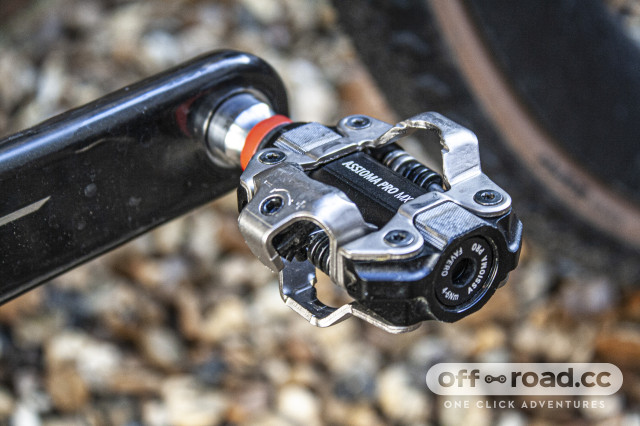
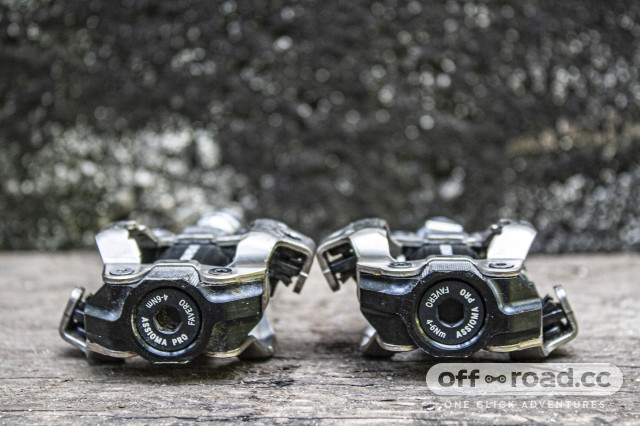

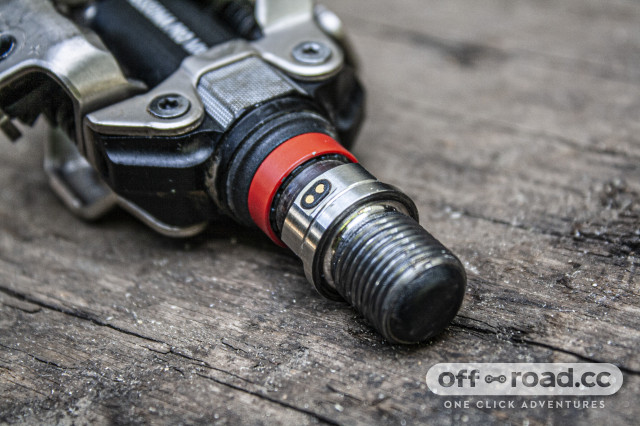
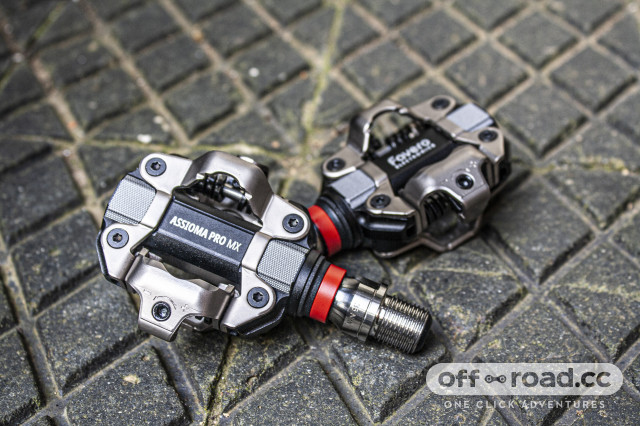



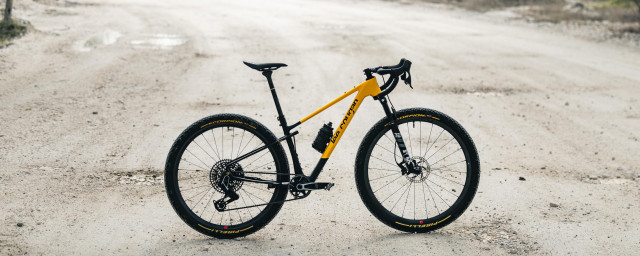


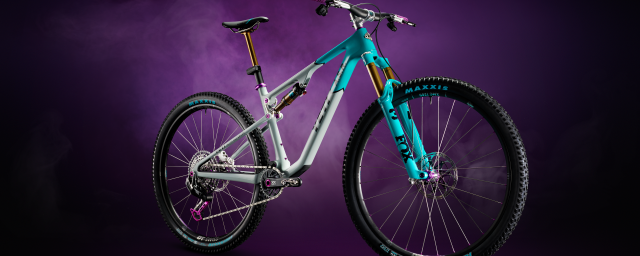
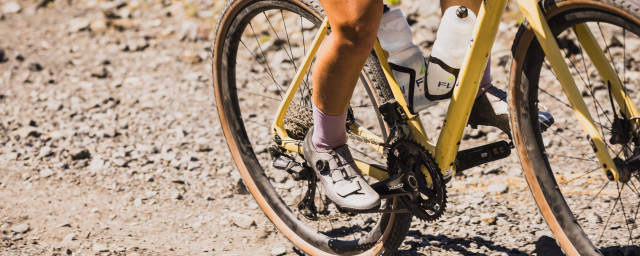

2 comments
Also plain wrong on the device. You can get 2 crank arm based PM's for 1 set of Pedal based ones - on Shimano. SRam a bit trickier.
"Accurate power meters are a non-negotiable. Not all power meters are created equal but, from my experience, the most accurate systems are spider-based or pedal-based power meters."
This is plain wrong. Power meters need to be reliable - return the same result for a given power every time and condition - not accurate. Your PM can underread everyday and it only becomes an issue if you want to compare across power platforms. Otherwise if its reading reliably a 15w increase is still a 15w increase.